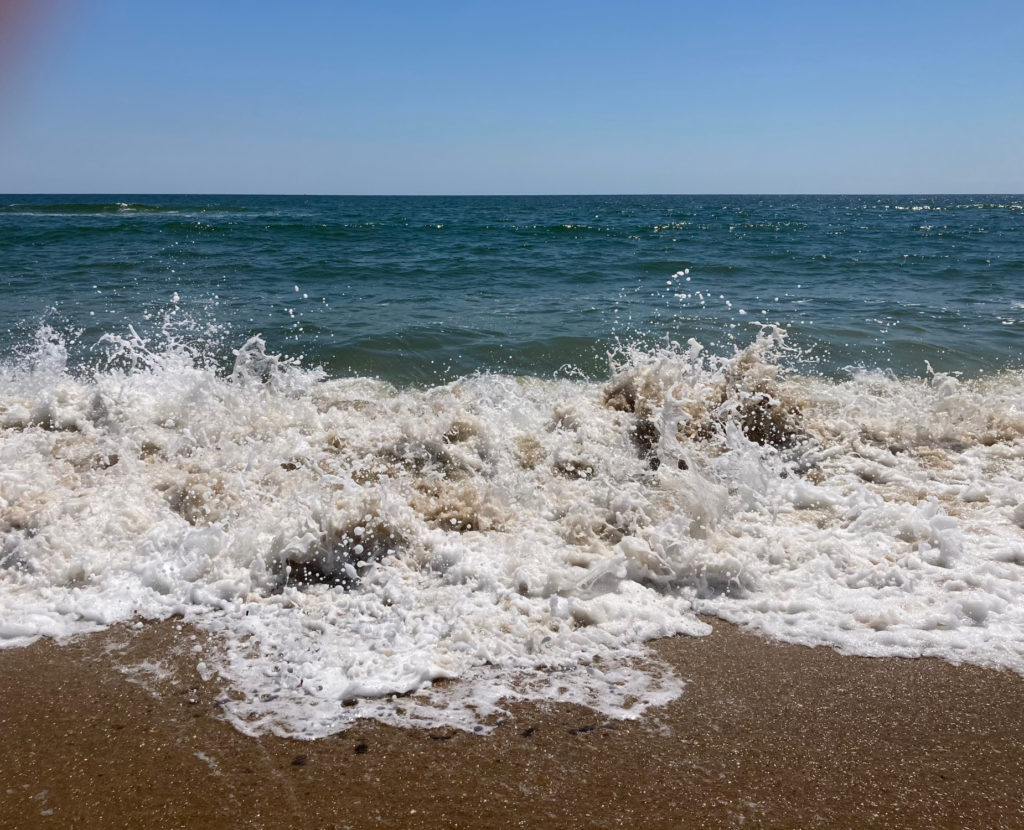
photo by K. L. Wood, author
Edenton, North Carolina—the town I’ve called home for the past ten years—hugs the shoreline of the Albemarle Sound. It’s in an area that has become known as the Inner Banks. You could set sail from Edenton, head east for about fifty miles, and drop anchor at Kitty Hawk on the Outer Banks.
Along with my husband and two dogs, I recently made a daytrip for a much needed beach-break. For me, there is nothing more relaxing than sitting by the ocean and listening to the waves empty themselves onto the shore. It’s like listening to Earth breathe. Pretty soon, my own breath and pulse slow down to match the ebb and flow of the waves. Ahhhh…
My second novel in the Zephyr Stone series is busily being primped and polished for its release this fall. By its title, Zephyr Stone and the Haunted Beach House, you would (correctly) surmise that the setting for the book is the beach. The story takes place on the Outer Banks of North Carolina, which is another reason I made the pilgrimage to the shore. I wanted to soak up the atmosphere that permeates my writing. To recharge my personal and literary batteries. And…I did.
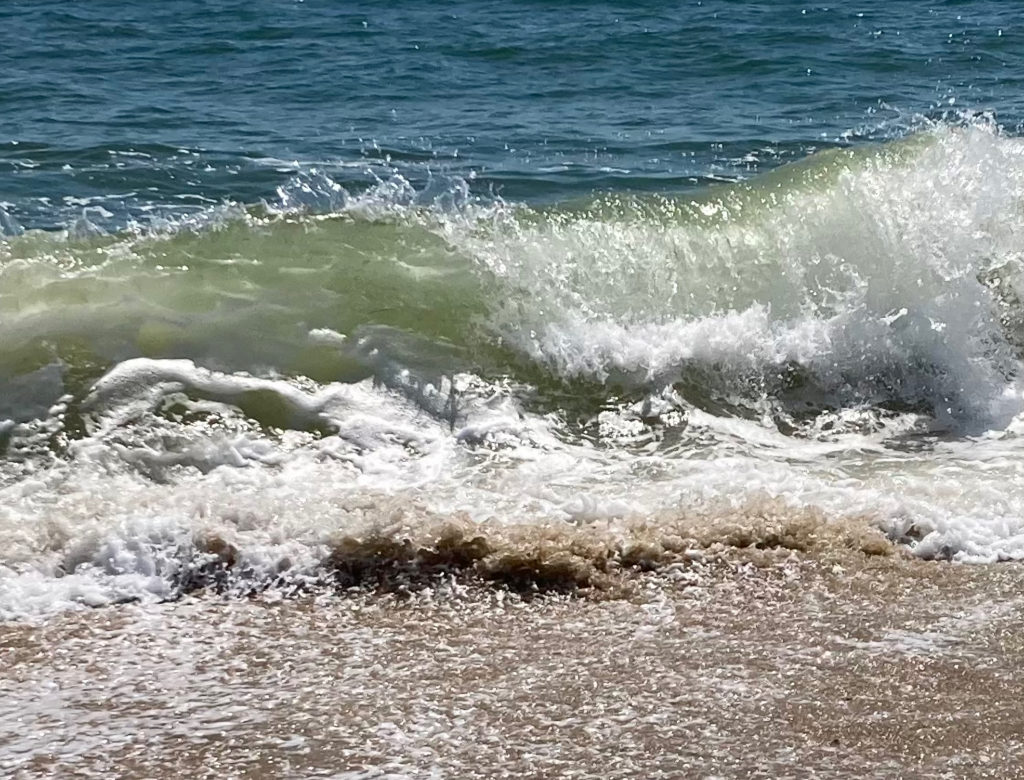
In addition to being a writer, I am a photographer. No matter how much I plan to just sit on the sand, close my eyes, and listen to the ocean’s music, I find myself popping up and running to the water’s edge to snap a picture of the breaking waves. I can’t seem to help myself! As I perused the images I had shot on my iPhone, I thought of how similar the green gleam of the curling waves was to sea glass. And coming full circle—and the original purpose of this post—I was reminded of how sea glass plays an important part in Zephyr Stone and the Haunted Beach House. As a matter of fact, people who pre-order the book when it becomes available will receive a piece of genuine sea glass and be part of a drawing for a beautiful sea glass ornament. (Legal note: anyone can sign up for the drawing, no purchase necessary.)
In the book, Zephyr and her best friend, Lorie, visit an antiques shop where the owner, Mrs. Stipple, informs them of facts and mythology surrounding sea glass. They learn that the bags of inexpensive, but pretty, glass shards sold in many crafting stores are usually pieces of modern colored glass, tumbled smooth by machines and sometimes treated with acid to give the appearance of sea glass. The real deal—genuine sea glass—is tumbled and smoothed by years of sand and surf action. Sometimes over a century’s worth.
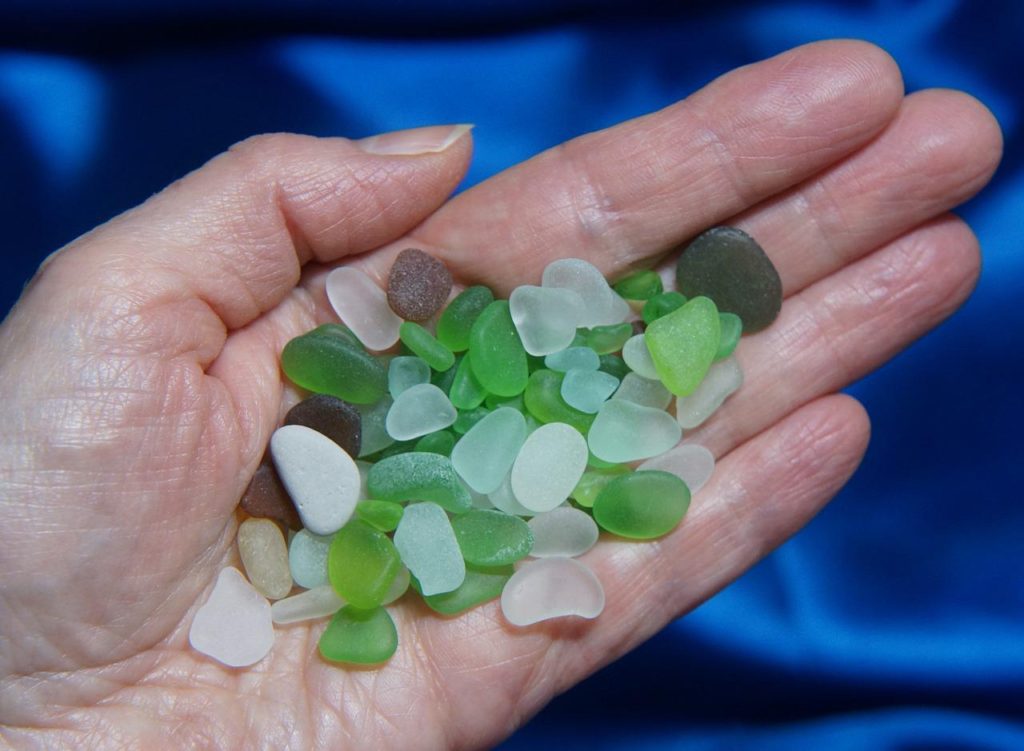
The girls learn that some sea glass is rarer than others. Pieces of white, green, or brown are the most common, while other colors are harder to come by. The colors also tell the tales of history. When Zephyr points to a piece of pale rose glass, the shopkeeper explains that it was most likely from the Depression-era. Back in the early 1930s, pink glass was common and inexpensive. Pretty designs were pressed into pitchers, and bowls, and other glassware that would have lifted the spirits of the folks going through difficult years when jobs and income were scarce.
A piece of lavender sea glass plays a pivotal role in the plot. Mrs. Stipple explains that it may very well be considered a type of antique, since it is possibly over one hundred years old. Much lavender sea glass did not begin as a color of any kind. Before World War I, a component called manganese was used to make crystal-clear glass. But over the years, exposure to sunlight turns that colorless glass a lovely shade of pale purple.
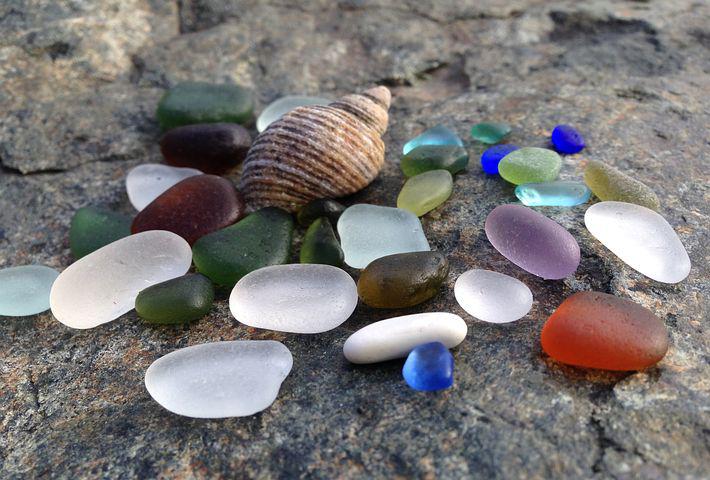
Mrs. Stipple refers to sea glass as Mermaid Tears and tells Zephyr and Lorie the story behind the name:
According to legend, a mermaid was punished by King Neptune for helping a human in danger of drowning in a storm. She had watched a certain sea captain sail across her stretch of ocean many times and had fallen in love with him. Once, a terrible storm blew up, and the seaman was nearly thrown overboard. Instead of calling him down to join her in the ocean depths, the mermaid used her powers to calm the sea and save the captain’s life.
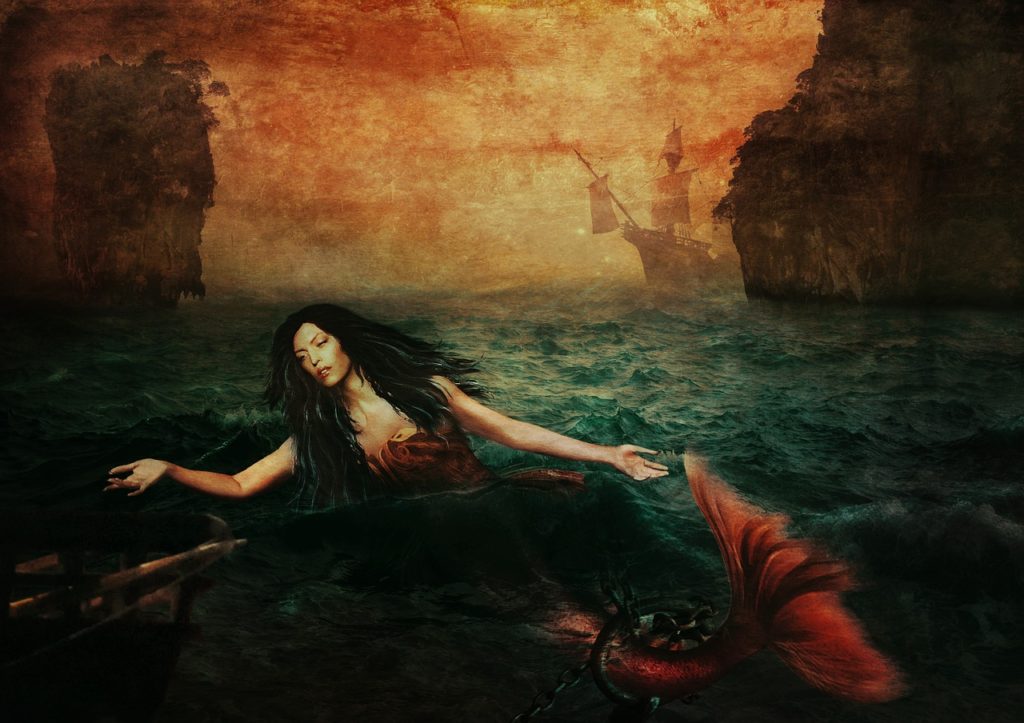
Under Neptune’s law, mermaids were forbidden to use their powers in such a way. The sea god became so angry that he banished the unfortunate mermaid to the bottom of the sea where she could never again watch the mortal man she loved. It’s said that she dwells there still and continues to mourn her lost love. Her beautiful, rainbow-colored, crystalline tears float up to the surface. When they wash ashore people, find them. Mermaid Tears. Sea glass.
I recall that when I was a young girl, I found sea glass on a pretty regular basis on the beaches of North Carolina and southern Virginia. But I have found very little, lately. Due to the use of plastics overtaking glass (not so good,) and people recycling glass (good,) sea glass has been harder to find over recent years.
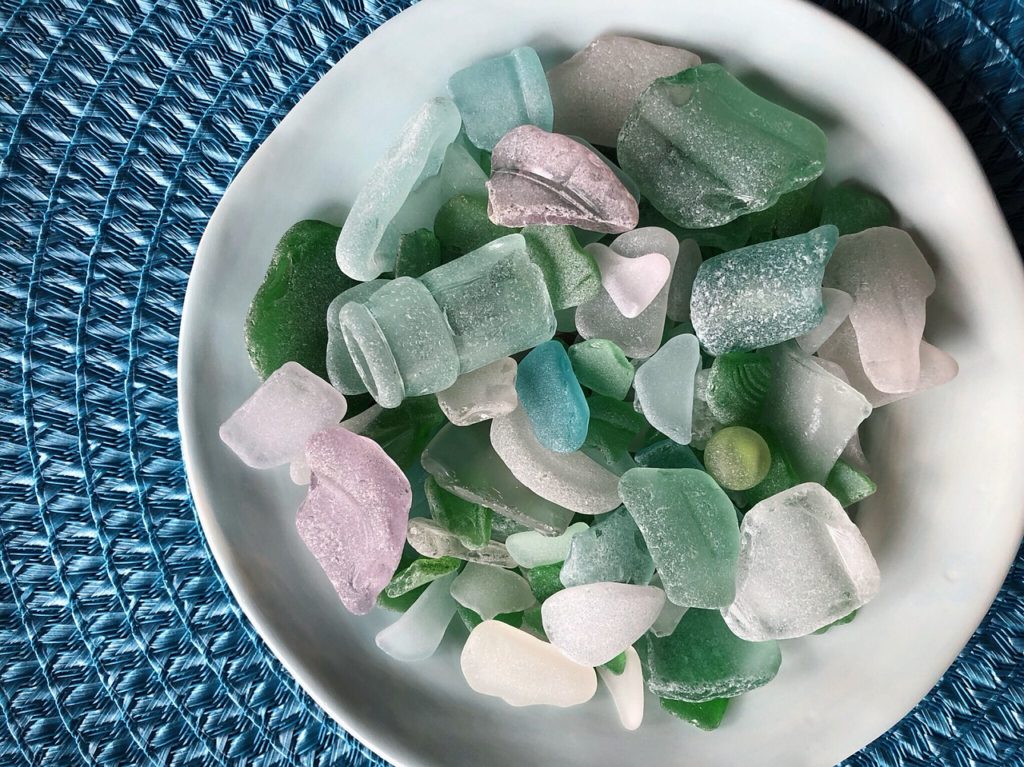
So, if you happen to find a piece of sea glass while beach combing, consider it a rare find.
Thanks for stopping by. Y’all come back, now!
Wishing you rare days of sea glass beauty,
Kate
Thanks for this. Look forward to reading your next book!
Thank you, Nancy! The next Zephyr book should release in October.
Can’t wait to read your next book!
Thanks, Ellen! It should be out just in time for “spooky” season!